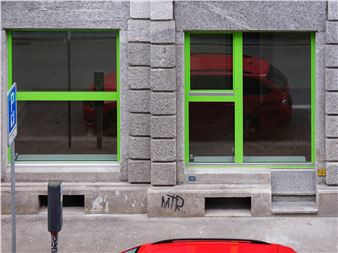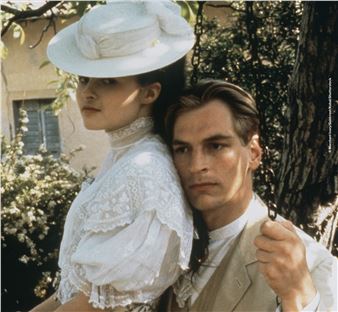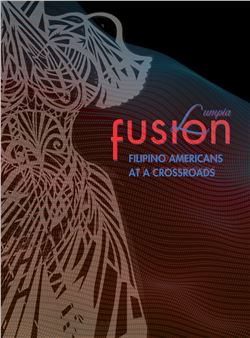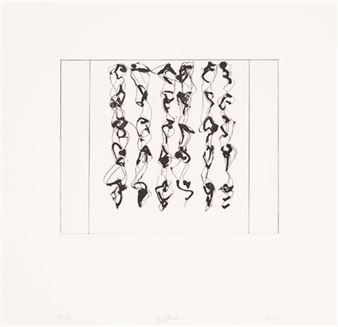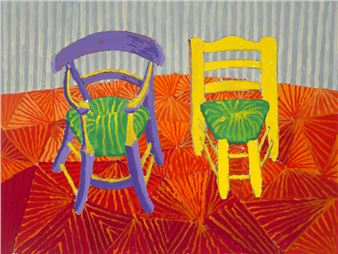Rachel Clancy: The Thought Below
Rachel Clancy approaches painting as a stage—one in which the viewer becomes an active participant, drawn into scenes that blur the line between presence and absence. Interested in theatre and illusion, Clancy’s domestic spaces are heavy with suggestion. Though no figures are visible, the spaces she paints are dense with atmosphere and subtle cues that hint at narratives just out of reach. These elements operate like props, inviting the viewer to piece together what might have occurred.
Clancy disorientates the viewer through her distinctive use of paint. Swirling patterns, tufted textures, and uneven glazes lend her surfaces a sense of movement and instability. The result is a curious tension where her scenes feel warmly lit and inviting, yet they also carry a quiet unease.
At the core of Clancy’s practice lies a fascination with the boundaries of perception. Through her manipulation of paint, she carefully chooses what to conceal and what to disclose. Reflections, interventions and shifting perspectives appear in her compositions, inviting us to question what we are seeing and to remain aware of the constructed nature of paint itself.
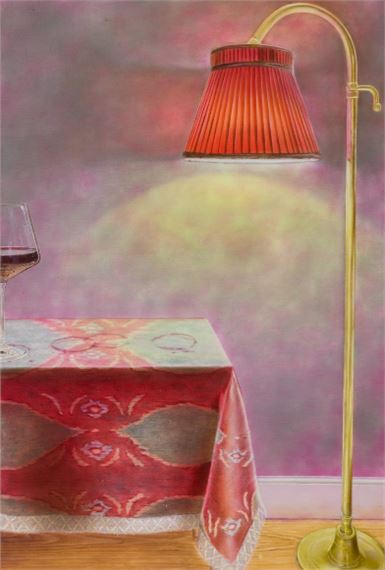
Recommended for you
Rachel Clancy approaches painting as a stage—one in which the viewer becomes an active participant, drawn into scenes that blur the line between presence and absence. Interested in theatre and illusion, Clancy’s domestic spaces are heavy with suggestion. Though no figures are visible, the spaces she paints are dense with atmosphere and subtle cues that hint at narratives just out of reach. These elements operate like props, inviting the viewer to piece together what might have occurred.
Clancy disorientates the viewer through her distinctive use of paint. Swirling patterns, tufted textures, and uneven glazes lend her surfaces a sense of movement and instability. The result is a curious tension where her scenes feel warmly lit and inviting, yet they also carry a quiet unease.
At the core of Clancy’s practice lies a fascination with the boundaries of perception. Through her manipulation of paint, she carefully chooses what to conceal and what to disclose. Reflections, interventions and shifting perspectives appear in her compositions, inviting us to question what we are seeing and to remain aware of the constructed nature of paint itself.
Artists on show
Related articles
Tabish Khan, the @LondonArtCritic, picks his Top 5 Art Exhibitions to see in London in July. Check out the previous top 5 if you’re after more shows to visit.

 ARTISTS
ARTISTS







